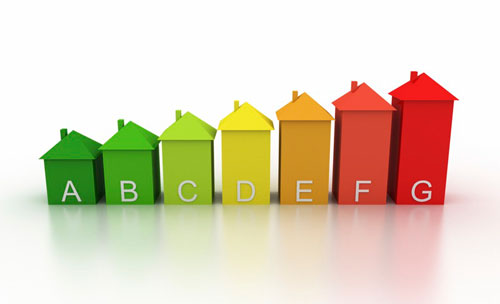The European Energy Label Explained
Posted by Richard Clarke on 5th Dec 2011

There are many certainties in life, such as electricity bills and taxation. Another is that whenever you buy an electrical appliance you will always find a European Energy Label somewhere on it. This is because all European manufacturers and retailers must tell you about the energy efficiency of electrical appliances. Regardless of whether you’re buying a fridge, washing machine, dishwasher, oven or light bulb, the EU Energy Label will help you to make informed decisions about the purchase of energy-consuming appliances.
Put simply, the EU Energy Label is a labelling scheme that provides clear and easily recognisable information about the energy consumption and performance of a product. The label is a mandatory requirement and must be clearly displayed on white goods, light bulb packaging and cars when offered for sale or rent.
The main element of the label is an energy efficiency rating scale. This takes the form of a simple, brightly coloured, index labelled from A to G. Each of these is a discrete ‘energy efficiency class’ with A being the most efficient and G being the least efficient. With the advent of energy saving technologies, in July 2004 the energy efficiency rating category for A for refrigeration products was divided into 3 separate categories; A, A+ and A++.
The label also provides more general information relating to the product that allows a customer to draw direct comparisons between models.
In the particular case of light bulbs, in addition to the energy efficiency categories, you will find three pieces of important information. The first is the bulbs luminous flux, measured in lumens. The second is the electricity consumption in watts. The last is the average lifespan in hours.
All of our LED Light Bulbs are classified as A Energy Rated. All light bulb electrical consumptions are calculated relative to a standard. Because our LED Bulbs are rated A they use between 20 and 50 per cent of the energy of this standard, making them impressive little energy savers.
So when you are out looking for electrical products keep your eyes peeled for the EU Energy Label.





